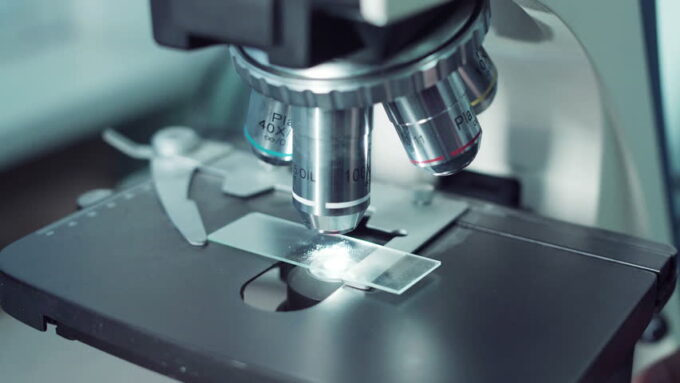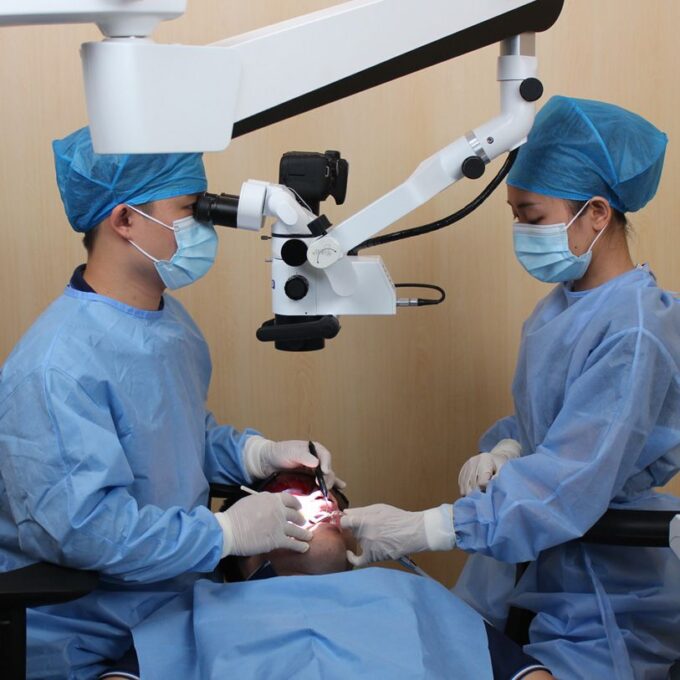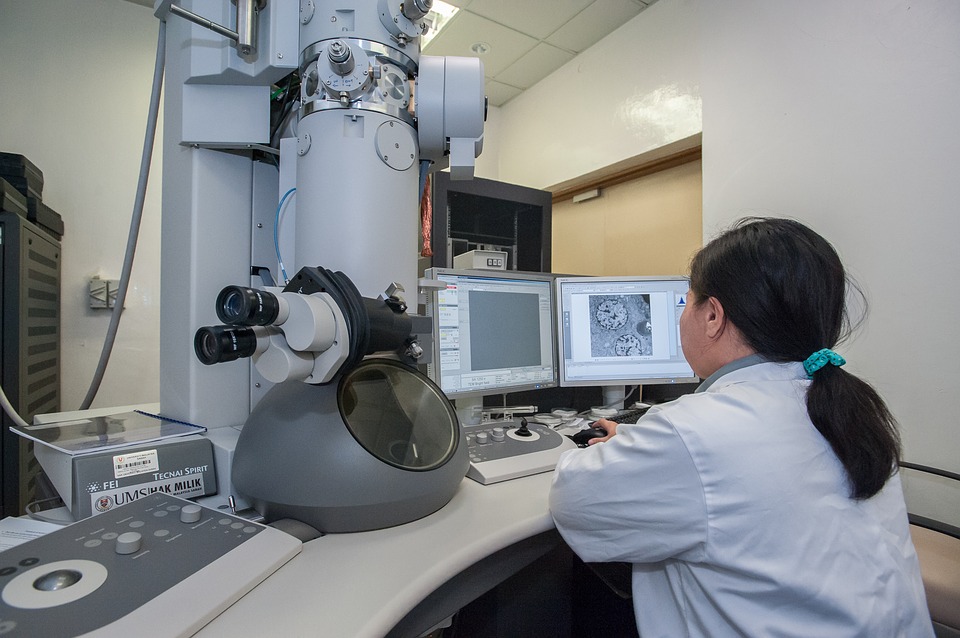Microscopes are among the most critical laboratory equipment as they are needed for research. Even after significant investigation on both living and non-living organisms, humanity is still only skimming the surface of knowledge, and many things remain unknown to us.
To get answers to these undeniable research challenges, scientists must examine objects at a microscopic scale. Microscopes, fortunately, give light to observing and analyzing materials at a tiny scale that regular human vision cannot perceive.
The role and importance of microscopes in the healthcare industry are pretty evident. The world we live in today is filled with revelations made with the help of a microscope. With a microscope, we dived deep into the things that needed our attention and realized the impacts of tiny things on our life.
What is a Microscope?

Microscopes are instruments that identify tiny objects which are not visible to the human eye. The device magnifies the small things to even their cellular levels. The image is magnified with the help of lenses that bend light towards our eyes which makes it possible for us to look at the object in a larger size. In easier words, microscopes are big magnifying glasses that enable us to look at impossible things with our normal sight.
Throughout the development of the microscope, technical advances have made it so much easier to operate and greatly enhanced the quality of the visuals generated. According to microscopecrew.com, there are multiple types of microscopes available today but the four widely used are Compound, digital, stereo, and confocal microscope. Each has its own technicalities that help researchers in various ways.
You may still have questions regarding the importance and role of the microscope in the healthcare industry and how it is utilized on a daily basis. Let’s look at some of these roles deeply.
1. A Staple for Medical Education
Microscopes have made extraordinary revelations about the human body and our surroundings that otherwise would’ve stayed a mystery. Most of the things taught in the medical fields are findings made with the help of microscopes.
Students of different medical fields have accomplished remarkable successes in their life because of their knowledge and understanding. This would not have been possible without the observations made with microscopes.
Microscopes are an integral part of practical examinations and daily lessons during academic life. Medical fields such as cellular biology, microbiology, forensics, etc., rely heavily on microscopic analysis. They are considered a staple for medical education because the studies conducted with microscopes hold great importance and relevance to the medical field.
2. Helps in Medical Diagnoses

Most of the medical diagnoses are made with the help of a microscope. Multiple diseases such as cellular diseases need microscopic attention to be identified. Microscopes allow health professionals to look at the cellular formations due to which they observe how the cells are behaving.
The microscope shows us what we can never imagine seeing with our naked eyes. Researchers notice the process of foreign bodies attacking the cells and the cells’ defense, all with the help of a microscope. Also, DNA and genes are discovered with the use of microscopes. With a more precise grasp of the microscopic knowledge comes a more profound comprehension of what can be done about it, which implies a substantial insight into how to evaluate and diagnose particular illnesses.
With the availability of high-quality microscopes in laboratories and hospitals, people can get their diagnoses in a brief period. When our blood or other body fluids are taken as a sample for a medical test, these fluids are then observed under the microscopic lens to figure out any possible dangers. With these observations, health professionals can determine our cellular levels or which microorganisms live in our bodies.
Cell abnormality and behavior often causing cancer can be identified with the help of microscopes. These identifications help doctors prescribe more accurate drugs and devise proper treatment plans.
3. Enhanced Surgical Precision

Surgical procedures have advanced over the years, and today top-notch surgical microscopes become the eyes of the surgeon. These microscopes explicitly designed to aid surgical visualization have eased the procedures for doctors.
Some surgeries are so minute and require extreme precision from the surgeon. Surgical microscopes magnify the things under them and provide a boost of confidence to the surgeon. Using these microscopes during surgery opens up new operating approaches.
The improved visualization provided by microscopes in surgery enhances the decision-making abilities because of the high-quality images and videos. These surgical microscopes increase the chances of patient safety resulting in far more positive surgical outcomes.
Microscopes are also a vital part of oral surgeries. Dentists have smaller areas to operate in, and with the help of a microscope, things have now become more accessible. They can treat dental issues more comprehensively.
4. Improvement in Pharmaceutical Field

Microscopy plays a vital part in the development of new and advanced medications. The field of Pharma needs top-quality microscopes to carry out extensive research to produce new medicines and identify and investigate different materials and substances.
Without proper medication, humans won’t survive the diseases, and microscopy helps pharmaceutical scientists come up with improved techniques. Scientists need to understand the substances they might be using for drug development, and it is only possible because of the use of microscopes.
There are multiple microscopy techniques used in the pharmaceutical field. Some of these techniques include thermal microscopy, optical crystallography, electron microscopy, microspectroscopy, etc.
Final Words

Microscopes have entirely changed the course of the healthcare industry. The availability of microscopes on a global scale has eased things out for professionals. The importance of microscopes is evident in human life, which goes hand in hand with the healthcare field. The awareness brought in by the immersive use of microscopes is beyond amazing. The future holds great possibilities for humankind and the medical field with the microscope.
Microscopic technology has come a long way. Microscopes are only going to advance with time ensuring incredible medical progress in the future. We have researched and solved billions of medical mysteries to date, but there is still too much to be discovered. We have only scratched the surface, and in order to solve some of the most daunting mysteries of the universe, microscopes are most definitely needed.









